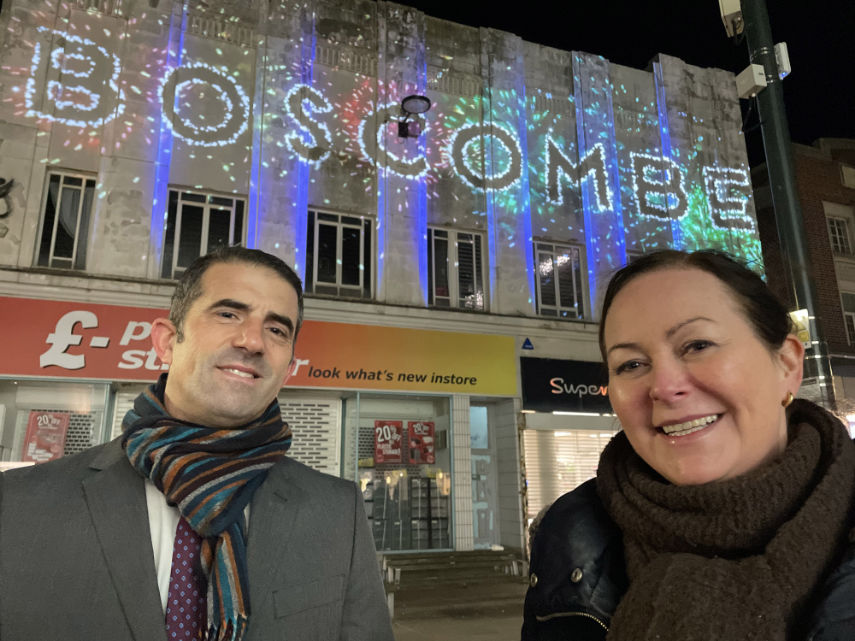South Molle, also owned by a Chinese investment group, is also inactive, too expensive to restore after Hurricane Debbie in 2017. Gina Rinehart had looked at the long-rotten Great Keppel off Rockhampton – which once marketed itself as “a great place to get wrecked”, with photos of scantily-clad beauties on banana boats – as a tourist business, but has recently backed off. Up to 10 once-thriving resort towns in Queensland are now ghost islands.
Cost is one of the issues. Affordable flights to Fiji and Bali have left Australia’s islands struggling to compete, given their much higher payrolls and huge insurance costs, which rise after every cyclone. Landlords or tenants also have responsibilities to the environment and local communities, which don’t come cheap either. “I don’t know if the promoters [of island resorts] fully understand that,” says Amanda Camm, Queensland MP for the Whitsundays, who has pushed for a Queensland parliamentary inquiry into the future of island resorts.
Gina Rinehart toyed with the idea of buying Great Keppel.
The investigation revealed deep concerns from the community that resort owners are living up to their social responsibility. Some residents say they have lost access to the islands. Others worry about foreign ownership. A former national park ranger submitted a brief in which he argued that large resorts were no longer sustainable. Customers expect an increasingly high level of accommodation. Many islands are quite a distance from the airport, which discourages visitors. And the environmental impact of providing electricity, water and sanitation to so many tourists is difficult to justify and has begun to bother the tourists themselves.
“The assumption made by many is that if Gina [Rinehart] does not [tourism] stack up, it doesn’t stack up,” Camm says. Returning some islands to the national park with public facilities is a “conversation that needs to happen,” she says. “There are certainly assets in the Whitsundays that are in ruins and causing major impacts on the quality of the national environment and habitats. I’ve always advocated for the use it or lose it approach.
For those who prefer a secluded getaway to the risk and effort of resort management, an entry-level island isn’t financially out of reach for a Sydney homeowner. At $1 million, the 20-acre Poole Island in the Whitsundays is more than half a million dollars cheaper than the city’s median price. It includes an airstrip, two rustic houses and a handmade rock pool.
Richard Vanhof, which specializes in the sale of private islands, says Poole was bought a few years ago by a Sydney businessman who never visited, mainly due to COVID-19 restrictions, and has now put it on the market at the same price. “[Before that] it belonged for about 40 years to a Melbourne doctor, who has since died,” he said. “It’s a big island. It takes a lot of work. »

Buying an island hasn’t gotten any worse for Gina Rinehart, but Mike and Annie Cannon-Brookes are used to buying property with environmental goals in mind.
At under $400,000 Worthington Island off Gladstone is even cheaper. It comes with an orchard, rain barrels and a quad. Sweers Island in the Gulf of Carpentaria is on sale for $4 million and offers basic accommodation and rich fishing. At the swankier end of the scale is Pumpkin Island in the Great Keppel group, which has five self-contained cottages, excellent snorkeling and easily accessible coral reefs.
Vanhoff says billionaires typically shop off-market, but he also has plenty of not-so-wealthy clients. “I have people in the million-dollar range looking for the ultimate getaway with two or three friends, wanting to turn the island into a place of refuge and fishing,” he says. “It doesn’t have to be the Rineharts or the Cannon-Brookes, there are plenty of successful small businesses out there who want to have that alternative lifestyle when they need it.”
Those without a lot of money can always follow the example of Resto Dave or David Glasheen, a former mining multimillionaire who lost his money and his wife in the stock market crash of 1987, who bought a sublet on Restoration Island, off Cape York, and has since lived there as a cross between Robinson Crusoe and Gilligan, with a rudimentary bedroom and an open-air living room decorated with buoys (the main lease belongs to a wealthy Melbourne businessman , who also owns a house on the island).

David Glasheen has been living on an island since he lost all his money in the stock market crash of 1987.
Some Mission Beach-area residents hope the Cannon-Brookes will use their buying power for good and set an environmental example. Peter Rowles, chair of the Coastal and Cassowary Conservation Community – the area is home to an endangered cassowary bird population – says local challenges include habitat clearing, nutrient runoff to the reef and land regeneration.
“A high-quality resort that has good environmental credentials is what I would like to see,” says Rowles. “It doesn’t have to be exclusive. We don’t need Lizard Island. Something that has minimal impact on the environment and serves as a showcase for how you can do it.
A guide to the environment, what’s happening to it, what’s being done about it and what it means for the future. Subscribe to our bimonthly Environment newsletter here.
 Welcome To Poole
Welcome To Poole
_w=1200_h=630.png?v=20220321141806)


